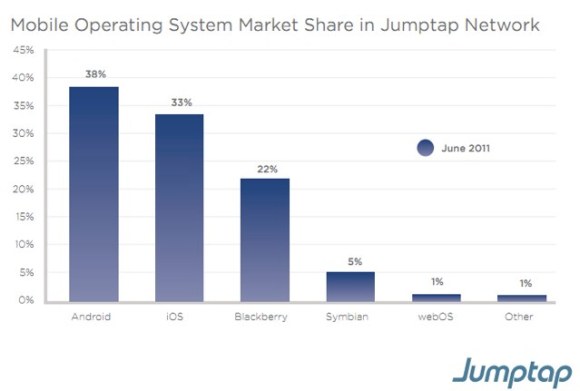
According to a report released by the research firm Canalys on February 6th, one in six PCs shipped in Q4 2012 was an iPad. iPads make up a third of worldwide PC shipments in Q4 2012. The worldwide PC shipments also increased to 134 million units, a 12% year-to-year increase.
Apple, like before, continued to lead the PC market, shipping 27 million units and holding a 20% share of the PC market. Apple is followed by HP, which shipped 15 million PCs and took an 11% share of the PC market. Lenovo also shipped about 15 million PCs and also took an 11% share as well. Samsung shipped 11.7 million PCs and took a 9% share. Dell is in fifth place, shipping only 9.7 million PCs. Dell is declining but the potential buyout may change things.
Apple showed strong demand for the iPad mini, but Apple’s pad share dipped to 49% in Q4. Amazon’s worldwide pad shipments grew 18% to 4.6 million along with Samsung’s shipment increasing 226% to 7.6 million pads. With Amazon and Samsung’s increase in popularity, 46% of the pad share is Android-based pads.
With Android increasing it’s tablet market share, Apple has more to worry about in terms of competitors. Nonetheless, Apple’s iPad mini has helped Apple remain competitive and not lose its popularity in the tablet market.
Feel free to leave questions or comments!


 Based on the IDC, Apple is the top worldwide smartphone vendor with approximately 20.3 million units sold. Samsung, selling an estimated 17.3 million units, came in second place. Following behind Samsung is Nokia, Research in Motion, and HTC. The most eye-catching part of the quarterly report is the year to year growth. Compared to other smartphones, Samsung has the largest year to year growth of 380.6%. Apple’s year to year change in sales grew 141%. The reason of Samsung’s increasing popularity compared to Apple is that Apple only sells just the iPhone, while Samsung sells different smartphone models. Apple’s iPhone has iOS, while Samsung’s smartphones has Android, Bada, or Windows Phone 7. It appears that Apple and Samsung are going to continue to be tough competitors for the top spot.
Based on the IDC, Apple is the top worldwide smartphone vendor with approximately 20.3 million units sold. Samsung, selling an estimated 17.3 million units, came in second place. Following behind Samsung is Nokia, Research in Motion, and HTC. The most eye-catching part of the quarterly report is the year to year growth. Compared to other smartphones, Samsung has the largest year to year growth of 380.6%. Apple’s year to year change in sales grew 141%. The reason of Samsung’s increasing popularity compared to Apple is that Apple only sells just the iPhone, while Samsung sells different smartphone models. Apple’s iPhone has iOS, while Samsung’s smartphones has Android, Bada, or Windows Phone 7. It appears that Apple and Samsung are going to continue to be tough competitors for the top spot.  Based on Jumptap, a mobile ad network, Android is dominating the U.S. If you look at the July 2011 Mobile STAT, Android is leading with 38% of the market share in Jumptap Network. iOS is second place with 33% market share. Blackberry OS is third palce with 22% market share. Competitors such as Symbian and webOS have very little control over market share.
Based on Jumptap, a mobile ad network, Android is dominating the U.S. If you look at the July 2011 Mobile STAT, Android is leading with 38% of the market share in Jumptap Network. iOS is second place with 33% market share. Blackberry OS is third palce with 22% market share. Competitors such as Symbian and webOS have very little control over market share.

 Based on Intermedia, a Microsoft Exchange hosting provider, iPhone is better than Android for Business. Intermedia manages about 320,000 premium hosted Exchange email accounts. According to the number of ActiveSync-based smartphones its customers activated, 61% choose the iPhone, 17% choose Android, and 22% choose other. Even though Android market share and popularity is climbing and beating iPhone, business professionals still prefer iPhone. When it comes to tablet customers, 99.8% pick Apple over Samsung and Motorola.
Based on Intermedia, a Microsoft Exchange hosting provider, iPhone is better than Android for Business. Intermedia manages about 320,000 premium hosted Exchange email accounts. According to the number of ActiveSync-based smartphones its customers activated, 61% choose the iPhone, 17% choose Android, and 22% choose other. Even though Android market share and popularity is climbing and beating iPhone, business professionals still prefer iPhone. When it comes to tablet customers, 99.8% pick Apple over Samsung and Motorola.